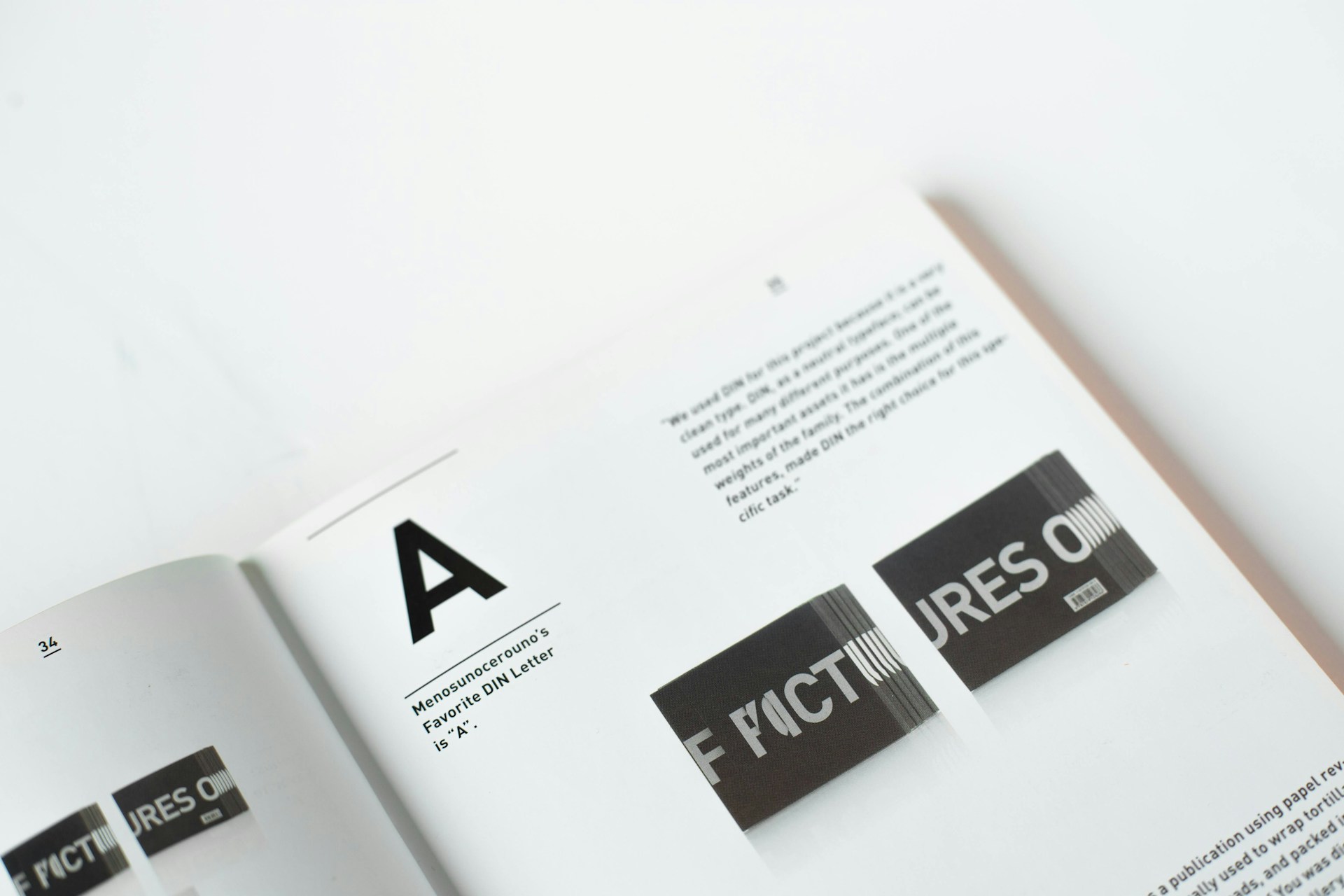The Healing Power of Art Therapy in Mental Health Treatment
In today’s fast-paced and demanding world, it is not uncommon for individuals to experience mental health issues such as anxiety, depression, and stress. For those seeking alternative methods to complement traditional therapies, art therapy has emerged as a powerful tool. Art therapy uses the creative process to improve an individual’s physical, mental, and emotional well-being. In this blog post, we will explore the healing power of art therapy in mental health treatment and how it can offer a unique outlet for self-expression and healing.
Art therapy provides individuals with a safe space to express their thoughts, emotions, and experiences in a non-threatening and non-verbal manner. For those who have difficulty expressing their emotions through words, art becomes a powerful form of communication. By creating art, individuals can explore their inner world, gain insights into their thoughts and emotions, and find catharsis. Art allows for a deep exploration of one’s inner self, uncovering hidden feelings and traumas that may otherwise remain unaddressed.
Furthermore, art therapy encourages individuals to focus on the present moment, promoting mindfulness, and reducing anxiety. Engaging in the creative process requires concentration and attention to detail, diverting the mind from intrusive thoughts and worries. Through this redirection, individuals experience a temporary reprieve from their mental health challenges, allowing them to find solace in the therapeutic power of art.
The act of creating art also promotes self-esteem and self-empowerment. As individuals engage in art-making, they witness their capacity to create something unique and meaningful. This realization enhances their sense of self-worth and fosters a positive self-image. The completed artwork becomes a tangible representation of their personal growth and serves as a reminder of their ability to overcome challenges.
Moreover, art therapy encourages individuals to develop self-awareness and gain insight into their emotions and behaviors. The art created in therapy sessions serves as a mirror of their inner world, reflecting their thoughts, feelings, and experiences. Therapists can help individuals interpret their artwork, linking it to their mental health issues. This process allows individuals to gain a deeper understanding of themselves, uncover underlying patterns, and make meaningful connections between their art and mental well-being.
Art therapy is particularly effective in trauma-informed care. Trauma often leaves individuals feeling disconnected from their bodies and emotions. Through art therapy, individuals can reconnect with their inner selves, express the pain and emotions related to their traumatic experiences, and gradually regain control over their lives. By externalizing their trauma onto the canvas, individuals can confront and process their emotions safely, facilitating the healing process.
Art therapy is also proven to be beneficial for children and adolescents struggling with mental health challenges. Young minds may find it challenging to articulate their emotions verbally. Art therapy provides them with a creative outlet to express difficult emotions, fears, and insecurities. Through art-making, their inner voice is given a medium for expressing their authentic selves, allowing them to develop a sense of identity and build self-confidence.
In addition to individual art therapy sessions, group art therapy can also be highly effective. In a group setting, individuals can share their experiences, emotions, and artwork with others who may have had similar struggles. This sense of community and shared understanding fosters empathy and support, creating a healing environment where individuals feel validated and understood.
Art therapy is a versatile and adaptable form of therapy that can be integrated into a range of mental health treatment settings, including hospitals, clinics, schools, and community centers. Its non-invasive nature and focus on self-expression make it an accessible option for individuals of all ages and abilities. Furthermore, its combination of creative expression and therapeutic techniques offers a holistic approach to mental health treatment.
In conclusion, art therapy has emerged as a powerful tool in mental health treatment. Through the act of creating art, individuals can express their thoughts, emotions, and experiences, promoting self-awareness and facilitating healing. Art therapy not only offers a unique outlet for self-expression but also nurtures self-esteem, mindfulness, and empowerment. Whether used as a standalone treatment or integrated into a comprehensive mental health plan, art therapy opens doors for growth, healing, and self-discovery.














